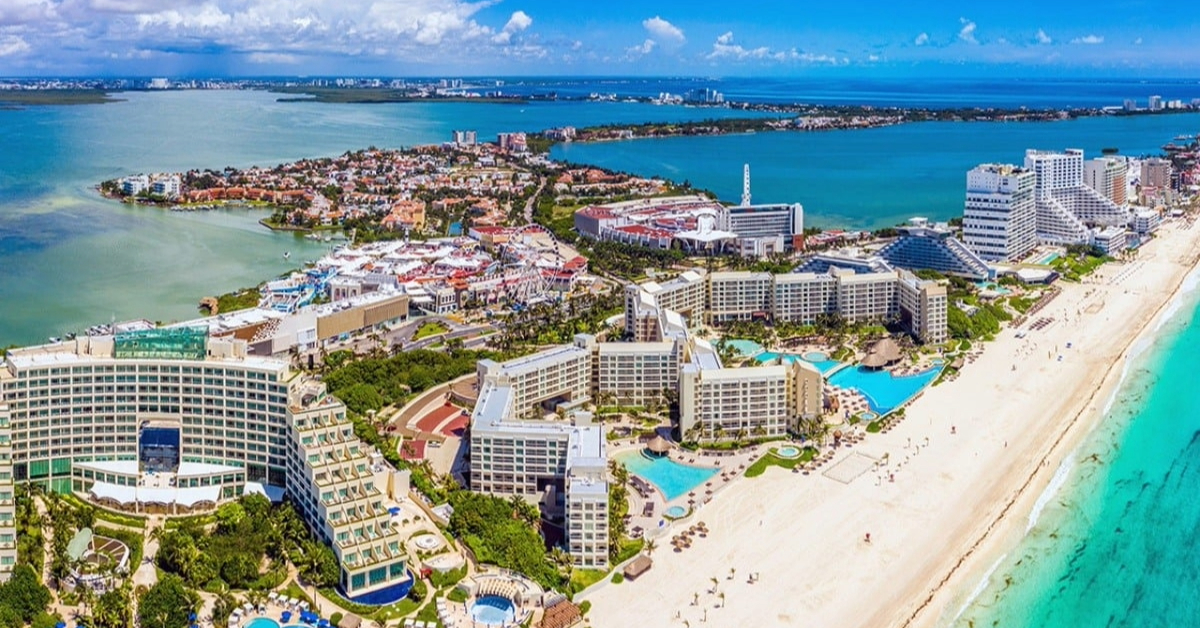Quintana Roo is on track to rival Las Vegas in hotel capacity, reaching nearly 136,000 rooms in 2025 and projecting 150,000 rooms within five years amid billion-dollar investments.
Quintana Roo’s hotel sector continues its aggressive growth, and state tourism authorities say it may soon rival Las Vegas in terms of total hotel rooms. The Mexican Caribbean state has reached 135,961 hotel rooms as of June 2025 and is expected to surpass 150,000 in the next five years.
According to the state's Secretary of Tourism . . .





